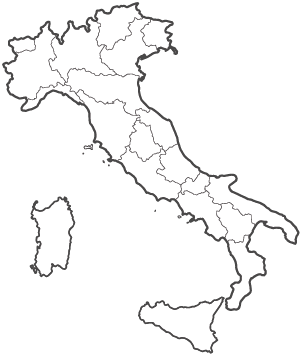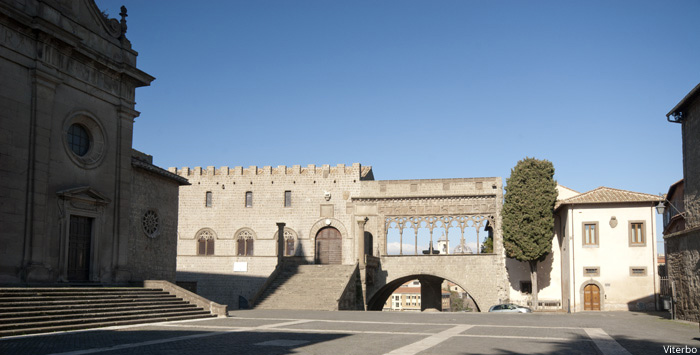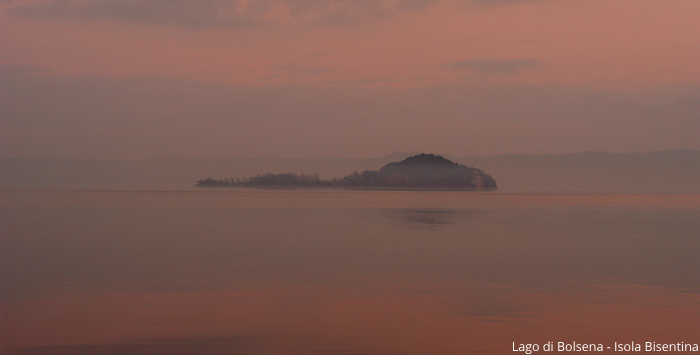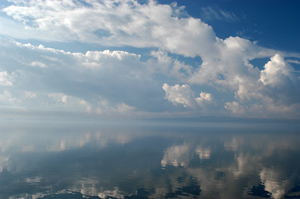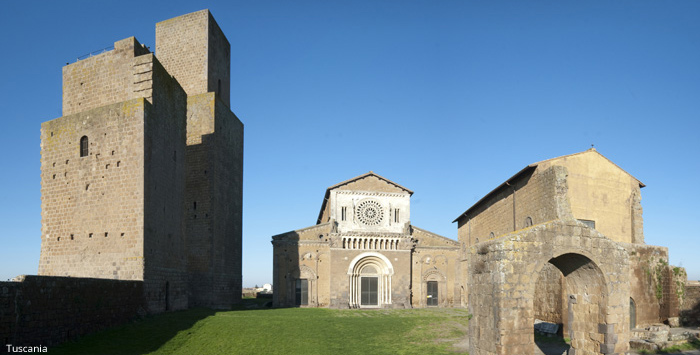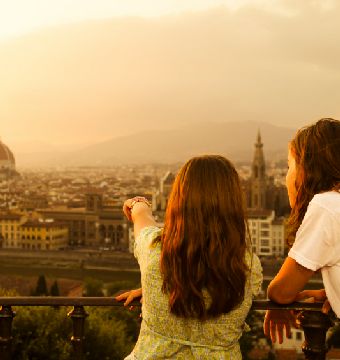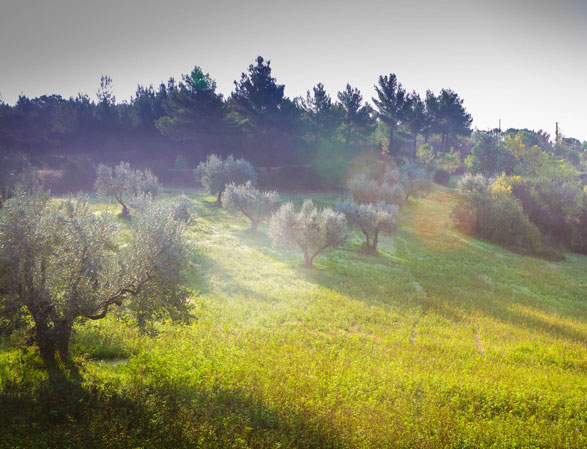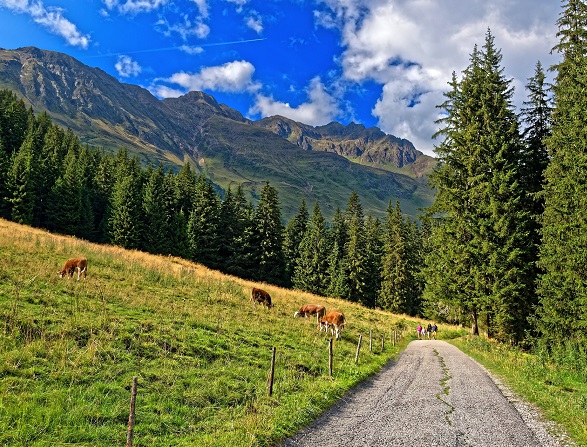The journey in brief
Starting from Viterbo, the tour passes through Civita di Bagnoregio and Montefiascone, with a stop at the glass-like Lake Bolsena, before crossing the countryside to Tuscania and its natural reserve.
It's perfect for…
Anyone who loves delving into history and culture off the beaten track, exploring ancient stone hamlets and visiting monuments, and slowing down the pace to take in the stunning countryside views.
Day 1 - Viterbo and Civita di Bagnoregio
The day starts in Viterbo, a city of medieval origin built out of "peperino", a local grey stone which gives Viterbo its unique charm and elegance. The tour of the historic town begins in Piazza San Lorenzo where you’ll find a cathedral built during the Romanesque period – but with a facade reconstructed in Renaissance style - and a bell tower with Gothic lines.
Here you can also admire Palazzo Papale and its elegant loggia with embellishments so fine they look like they were embroidered! The palazzo, built between 1255 and 1266, housed visiting Popes and was chosen as the papal seat between the XII and XIII centuries. That’s why Viterbo is still known today as the “City of Popes”.
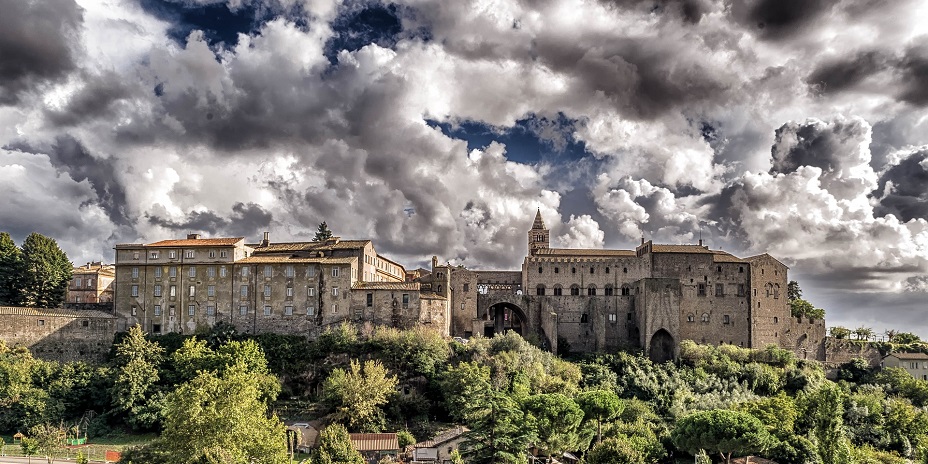
Near the cathedral be sure to visit the Romanesque Santa Maria Nuova church and the San Pellegrino quarter, where you can lose yourself among the little streets and stone facades - the most characteristic attribute of the city. Via San Lorenzo takes you to the fifteenth-century Palazzo Chigi Farnese, where Alessandro Farnese and his sister, Giulia, once stayed. Also of note is the Ponte del Duomo bridge with its eight rows of Etruscan blocks, Piazza della Morte and Piazza del Plebiscito in the heart of the city.
Simple and irregular, this urban space brings together key monuments from political and administrative life: Palazzo dei Priori, Viterbo’s town hall; Palazzo del Podestà with its 44-meter clock tower piercing the sky; and Palazzo della Prefettura with its ochre facade and majestic lion - the symbol of Viterbo. Past the arch at the side of the town hall, you’ll find yourself in front of the tiny Santa Maria della Salute chapel. Note its unusual shape and facade with bas-relief embellishments and checkerboard detailing.
If the long stroll has given you an appetite, be sure to take a break in one of Viterbo’s typical trattorias. Here you can dine on fresh local produce and traditional rural dishes like lamb soup or acquacotta, a Tuscan vegetable soup made from stale bread and wild vegetables cooked in extra virgin olive oil. In the noble version of this soup, salt cod was added.
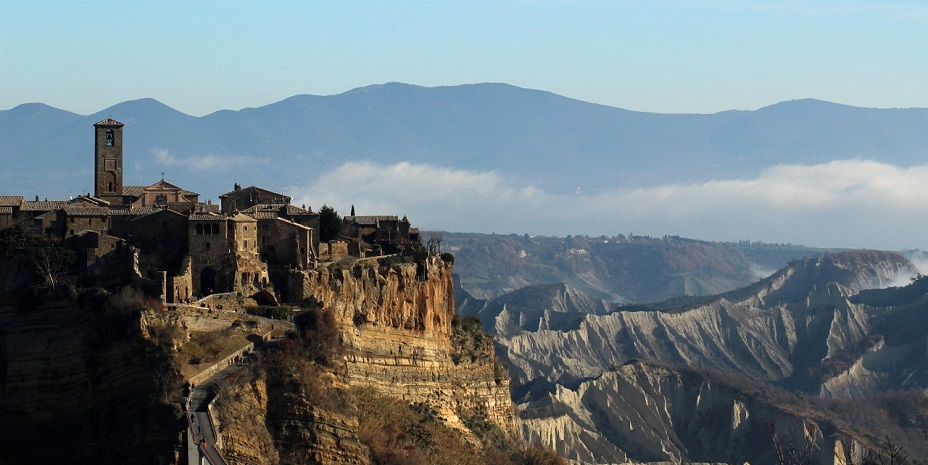
In the afternoon, head to the stunning Civita di Bagnoregio, the ancient heart of Bagnoregio, which is only accessible via a 250-meter-high footbridge. Built on a “panettone-shaped” outcrop layered with tuff rock, this place is as unique and enchanting as it is delicate - the rock on which the town resides is being constantly eroded, so much so that Civita di Bagnoregio is known as the "dying city".
Passing through Porta del Cassero (or Porta di Santa Maria), you’ll enter the small Etruscan stone center, which is bathed in pink each evening at sunset. Be sure to visit San Donato church, the Episcope, and Palazzo Mazzocchi-Alemanni which is home to the “Museo Geologico e delle Frane”, the town’s museum of geology. Despite its miniscule size, Civita di Bagnoregio still offers an array of typical restaurants where you can relax over an evening meal.
